BESS에는 어떤 배터리가 사용됩니까??
배터리 에너지 저장 시스템의 세계를 탐색할 때 (베스), 근본적인 질문이 떠오른다: 안에는 실제로 무엇이 들어있나? 태양광 패널이나 그리드에서 에너지를 효과적으로 저장하는 핵심 배터리 기술은 무엇입니까?, 가장 필요할 때 집이나 회사에 전력을 공급할 준비가 되어 있습니다.?
현재 설치된 최신 BESS의 대다수, 주거용 프로젝트부터 대규모 유틸리티 규모 프로젝트까지, 사용 리튬 이온 배터리. 구체적으로, 고정 에너지 저장에 선호되고 지배적인 화학은 다음과 같습니다. LFP (리튬 철 인산염 또는 LiFePO₄). 이 기술은 우수한 조합으로 선택되었습니다. 안전, 매우 긴 수명, 그리고 뛰어난 안정성, 신뢰할 수 있는 제품의 표준으로 삼고 있습니다., 장기 성과.
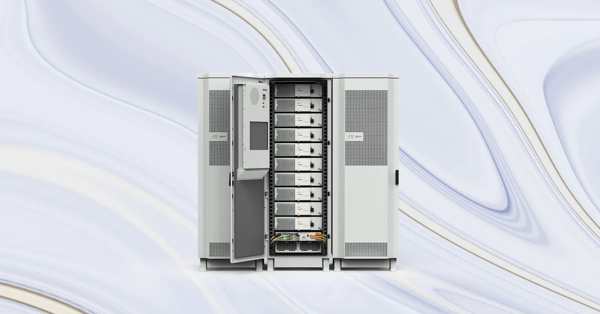
Gycx Solar에서, 고객을 위한 안전과 장기적인 가치에 대한 우리의 약속은 우리가 독점적으로 디자인하는 이유입니다. 베스 배터리 LFP 기술을 중심으로 한 솔루션. 검증된 내용이에요, 전문적인 선택. 이러한 강력한 시스템에 대해 더 자세히 살펴보겠습니다..
베스 배터리의 수명은 얼마입니까??
BESS는 매우 중요합니다., 부동산의 에너지 인프라에 대한 장기 투자. 그래서, 중요한 질문은: 배터리 부품은 얼마나 오래 갈까요?, 시스템의 핵심, 실제로 마지막?
LFP (리튬 철 포스페이트) 최신 BESS의 배터리는 내구성을 위해 설계되었습니다., 예상 작동 수명은 다음과 같습니다. 10 에게 20 연령. 사용 측면에서, 이 배터리는 인상적으로 평가됩니다 3,000 오버 6,000 전체 전하 차지 사이클. 이러한 장수에 대한 확신을 고객에게 제공하기 위해, 평판이 좋은 제조업체는 일반적으로 BESS 제품에 포괄적인 10년 보증을 제공합니다..
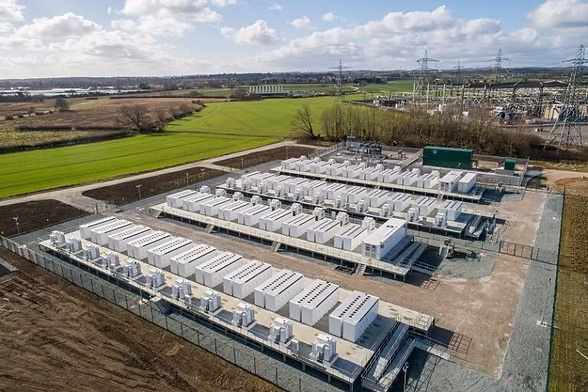
더 깊이 다이빙하십시오: 오래 지속되는 배터리의 구성
최신 BESS 배터리의 인상적인 수명은 우연이 아닙니다.; 이는 뛰어난 화학성과 지능형 시스템 설계의 결과입니다.:
- LFP 화학: LFP는 본질적으로 다른 리튬 이온 화학 물질보다 더 안정적이고 견고합니다.. 일상적인 사이클링의 스트레스를 견딜 수 있습니다. (낮에는 태양광으로 충전, 밤에 방전) 수년간 심각한 성능 저하 없이. 배터리 등급 6,000 사이클은 이론적으로 끝날 수 있습니다 16 하루에 한 주기로 몇 년.
- 지능형 BMS: 통합 배터리 관리 시스템 (비엠에스) 보호자 역할을 한다, 과충전을 방지하여 스트레스로부터 배터리 셀을 지속적으로 보호합니다., 과방전, 모든 세포가 균형을 이루도록 보장.
- 열 관리: BESS는 열 관리 기능이 내장된 엔지니어링 시스템입니다.. 이는 싱가포르의 덥고 습한 기후에서 매우 중요합니다.. 배터리 셀을 최적의 온도 범위 내로 유지함으로써, 시스템은 열로 인해 발생할 수 있는 노화 가속화를 방지합니다., 더 긴 수명에 직접 기여합니다.
- 보증: 10년 보증은 고품질 주거용 BESS의 업계 표준입니다.. 일반적으로 배터리가 원래 용량의 일정량을 유지할 것이라고 보장합니다. (예를 들어, 70%) 임기가 끝날 무렵, 장기적인 성과에 대한 명확한 벤치마크 제공.
BESS의 세 가지 주요 유형은 무엇입니까??
단일 주택용 BESS는 도시 전체의 전력망을 지원하는 것과 동일합니까?? 별말씀을요. BESS 기술은 확장성이 뛰어납니다., 일반적으로 용도와 크기에 따라 세 가지 주요 유형으로 분류됩니다..
BESS의 세 가지 주요 유형은 다음과 같습니다.:
- 주거용 BESS: 개인 주택을 위해 설계된 소규모 시스템.
- 광고 & 산업용 (씨&나) 베스: 기업을 위한 중간 규모 시스템, 공장, 기타 상업용 부동산.
- 유틸리티 규모 BESS: 엄청난, 전력 회사가 소유하고 운영하는 계통 수준 시스템.
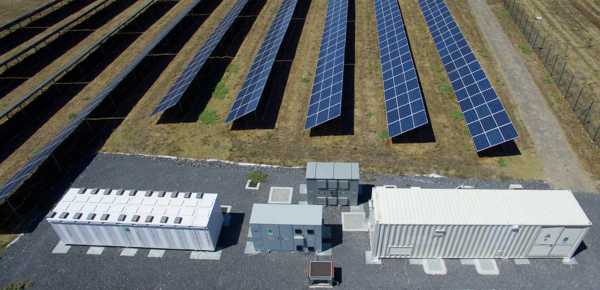
더 깊이 다이빙하십시오: 집에서 그리드까지
각 유형의 목적을 살펴 보겠습니다.:
- 주거용 BESS:
- 크기: 일반적으로 5 kWh에 30 kWh.
- 목적: 주요 목표는 태양열 자체 소비를 극대화하는 것입니다. (밤에 사용하기 위해 주간 태양 에너지를 저장, 싱가포르의 높은 전기 요금을 관리하는 데 적합합니다.), 그리드 중단 시 백업 전력 제공, 에너지 독립성을 높이고.
- 폼 팩터: 일반적으로 세련된 벽걸이형 장치 또는 소형 장치입니다., 쌓을 수 있는 랙 시스템.
- 광고 & 산업용 (씨&나) 베스:
- 크기: 에서 30 kWh~수 메가와트시 (MWH).
- 목적: 주로 "피크 면도"에 사용됩니다." 비싼 수요요금을 줄이기 위해, 현장 태양광 사용량 극대화, 중요한 작업을 위한 백업 전원 제공.
- 폼 팩터: 대개 더 큰 실내 캐비닛이나 실외 등급 인클로저.
- 유틸리티 규모 BESS:
- 크기: 매우 큰, 수십에서 수천 MWh까지.
- 목적: 전체 전력망 안정화를 위해. 대규모 태양광 발전이나 풍력 발전소에서 얻은 막대한 양의 에너지를 저장합니다., 주파수 조절과 같은 그리드 서비스 제공, 오염시키는 "피커"를 교체하십시오." 발전소.
- 폼 팩터: 일반적으로 큰 행으로 구성됩니다., 컨테이너 크기 단위 배송.
~에 Gycx 솔라, 고성능 주거용 및 C형 설계 및 설치 전문업체입니다.&I BESS 솔루션은 싱가포르 고객의 고유한 에너지 요구 사항에 맞춰져 있습니다..
BESS AC인가요, DC인가요??
BESS의 기술적인 세부 사항을 살펴보면, AC라는 용어를 듣게 될 것입니다. (교류) 그리고 DC (직류). BESS 자체가 둘 중 하나인가?? 대답은 둘 다입니다. 둘 사이의 스마트 브리지 역할을 합니다..
BESS는 기본적으로 DC 장치 그 핵심에, 배터리가 DC 전원을 저장하고 방출하기 때문에. 하지만, 정교한 인버터를 사용합니다. (전력 변환 시스템, 또는 PCS) 우리 집과 그리드에 연결하기 위해, 어느 것을 사용하는가 AC 전원. BESS와 해당 인버터가 태양광 패널 시스템에 연결되는 방식에 따라 "AC 결합형"인지 여부가 결정됩니다." 또는 "DC 결합" 체계.
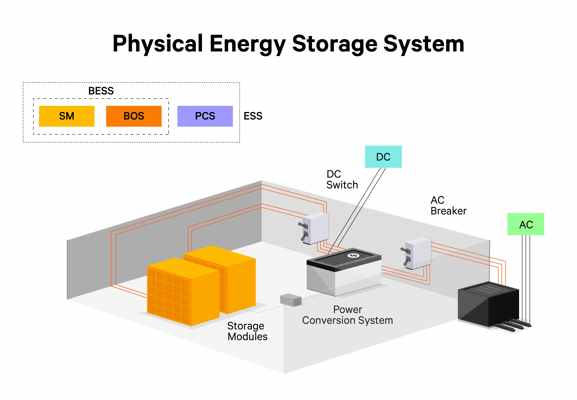
더 깊이 다이빙하십시오: AC 커플 vs. DC 커플 링 시스템
다음은 태양광 발전을 위한 두 가지 주요 아키텍처에 대한 간략한 요약입니다. + 저장:
- DC 커플 링: 태양 전지판 (DC 전력을 생산하는) 그리고 배터리 (DC 전원을 저장하는 장치) 하나의 같은 쪽에 연결되어 있습니다. 하이브리드 인버터. 이를 통해 패널의 DC 전원이 DC 배터리를 직접 매우 효율적으로 충전할 수 있습니다.. 이는 종종 새로운 작업에 선호되는 방법입니다., 통합 설치.
- AC 결합형: 태양광 패널에는 자체 태양광 인버터가 있습니다., 배터리 시스템에는 두번째, 배터리 인버터 별도. 둘 다 집의 AC 패널에 연결됩니다.. 태양열에서 배터리를 충전합니다, 태양광 인버터의 AC 전력은 배터리용 DC로 다시 변환됩니다.. 이 방법은 이미 태양광 패널 시스템이 있는 집에 배터리를 장착하는 데 탁월합니다..
GYCX 태양 이야기: "고객이 이런 질문을 하면, 최선의 선택은 상황에 따라 다르다고 설명합니다.. 태양열과 저장 장치를 함께 갖춘 싱가포르의 새로운 토지에 대해, 우리는 아마도 매우 효율적인 DC 결합 시스템을 권장할 것입니다.. 이제 백업을 추가하려는 5년 된 태양광 발전 시스템을 보유한 고객의 경우, AC 결합 BESS는 완벽한 솔루션입니다."
BESS는 얼마나 오래 지속됩니까??
우리는 배터리 구성 요소의 수명에 대해 이야기했습니다., 하지만 전체 BESS 장치는 어떻습니까?? 전체 시스템이 얼마나 오래 지속될 것으로 예상할 수 있나요??
완전한 BESS는 긴 서비스 수명을 위해 설계되었습니다., 하지만 구성 요소마다 수명이 다릅니다.. 그만큼 배터리 모듈, 우리가 언급한 대로, 일반적으로 마지막 10 에게 20 연령. 다른 주요 전자 부품, 그만큼 인버터 (또는 PCS), 일반적으로 평균 수명은 10 에게 15 연령. 그러므로, 시스템의 매우 긴 작동 수명을 기대할 수 있습니다., 배터리의 전체 수명 동안 한 번 계획된 인버터 교체가 가능합니다..
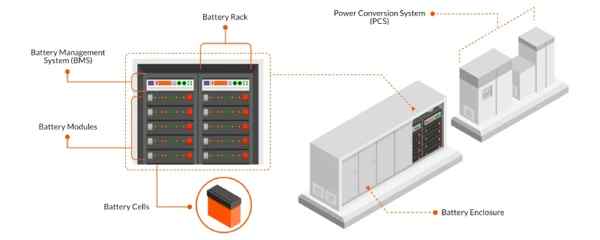
더 깊이 다이빙하십시오: 시스템 구성 요소의 수명
BESS는 함께 작동하도록 설계된 고품질 구성 요소 모음입니다.:
- 배터리 모듈: LFP 배터리는 가장 오래 지속되는 부품입니다., 수천 번의 사이클을 위해 설계된 견고한 화학 덕분에.
- 인버터 (PC): 이것이 시스템의 일꾼이다. 고전력 부하를 지속적으로 관리하고 열을 처리하는 복잡한 전력 전자 장치로서, 그 구성요소 (커패시터 및 팬과 같은) 자연스럽게 나이가 들다. ㅏ 10-15 1년의 수명은 평판이 좋은 브랜드의 고품질 하이브리드 인버터에 대한 일반적인 기대치입니다.. 많은 제품이 배터리에 맞춰 10년 보증을 제공합니다..
- 기타 구성요소: 인클로저, 배선, 안전 분리, 그리고 다른 하드웨어 ("시스템의 균형") 모두 시스템의 전체 수명 동안 지속되도록 설계되었습니다., 손상되지 않았다면.
- 장기 계획: 즉, 20년이 넘는 기간 동안, 초기 투자와 주변 인버터 교체에 대한 계획을 세워야 합니다. 10-15 연도 표시. 이는 정교한 에너지 시스템의 장기적인 소유권에 대한 정상적인 부분입니다..
Gycx Solar에서, 우리는 고품질만을 사용하여 시스템을 구축합니다. BESS 구성요소1 강력한 보증을 제공하는 주요 제조업체의 제품, 우리는 모든 부품의 예상 수명을 고객에게 투명하게 공개합니다.. 이를 통해 귀하는 해당 내용을 명확하게 이해할 수 있습니다. 장기적인 가치2 투자에 대한 유지 관리 계획.
ㅏ 베스 배터리 시스템은 지능적이다, 현대 에너지 관리의 핵심인 통합 솔루션. 안전하고 오래 지속되는 LFP 배터리로 구동, 내구성이 좋아, 에너지 보안과 재정적 절감을 제공하는 유지 관리가 적은 자산. 구성 요소와 작동 방식을 이해함으로써, 에너지 미래에 자신감있는 투자를 할 수 있습니다..
BESS를 싱가포르의 집이나 회사에 어떻게 맞춤화할 수 있는지 알아볼 준비가 되셨다면, GYCX Solar의 전문가 팀이 여기에 있습니다.. 오늘 전문 상담을 받으려면 저희에게 연락하십시오!
